✅ Join Crypto.com & Get FREE CRO!! https://crypto.com/app/y8auxrdtgd
Youtube Channel Subscribe
https://bit.ly/3zkIqvU
#Cryptonews #Crypto #whatisthecoin
What Is Optimism (OP)?
Optimism (OP) is a layer-two blockchain on top of Ethereum. Optimism benefits from the security of the Ethereum mainnet and helps scale the Ethereum ecosystem by using optimistic rollups. That means transactions are trustlessly recorded on Optimism but ultimately secured on Ethereum.
Optimism is one of the biggest scaling solutions for Ethereum with over $300 million in TVL. It is home to 35 protocols, the biggest being Synthetix (SNX), a derivatives exchange, Uniswap (UNI), a DEX, and Velodrome (VELO), an AMM. Users can begin their journey on Optimism by adding the chain on their Metamask and bridging tokens like ETH to the L2. On May 31, 2022, Optimism conducted a highly anticipated airdrop of its OP token. The airdrop was so popular that it briefly slowed down the Optimism blockchain.
Who Are the Founders of Optimism?
Optimism is led by the Optimism Foundation, a nonprofit organization dedicated to growing the Optimism ecosystem. Similar to Ethereum, Optimism aims to become a fully decentralized public good that is not profit-oriented. Optimism is completely funded by donations and grants, and pledges to produce infrastructure that promotes the growth and sustainability of public goods. In its roadmap, Optimism aims to have L1 governed fault proofs ready by 2024.
What Makes Optimism Unique?
Optimism is designed around four core tenets:
Simplicity
Pragmatism
Sustainability
Optimism
Optimism aims for the minimum number of moving parts while building a layer-two solution for Ethereum. In practice, this means using proven Ethereum code and infrastructure when possible. Optimism thus aims to keep its code as simple as possible and work directly with existing codebases.
The ecosystem further emphasizes pragmatism and is driven by the real-world needs and constraints of its own team and the users engaging with the ecosystem. Hence, Optimism aims to build iteratively and implement features like EVM equivalence gradually.
Optimism’s design process is built around the idea of long-term sustainability and not taking shortcuts to scalability. That is why it uses optimistic rollups and takes advantage of the consensus mechanism of Ethereum to scale the network. Blocks are constructed and executed on the L2 (Optimism), while user transactions are batched up and submitted to the L1 (Ethereum). The L2 has no mempool, and transactions are immediately accepted or rejected. This guarantees a smooth user experience while ensuring security through the Ethereum consensus mechanism.
Transactions are submitted to Ethereum without direct proof of validity and can be challenged for a certain period of time (currently seven days). After that, a transaction is considered final. That is why withdrawals from Optimism to Ethereum take seven days to complete.
How Many Optimism (OP) Coins Are There in Circulation?
Optimism aims to create an ecosystem, where value is generated for its three constituencies:
Token holders receive value through the productive re-deployment of sequencer revenue.
Contributors and builders receive value from retroactive public goods funding.
Users and community members receive value from ongoing airdrops and project incentives.
In short, demand for OP block space generates revenue, which is distributed to public goods, which drives more demand for blockspace. That is why Optimism’s token allocation looks as follows:
Ecosystem fund (25%): split between the governance fund (5.4%), the partner fund (5.4%), the seed fund (5.4%), and unallocated (8.8%).
Retroactive Public Goods Funding (20%)
User airdrops (19%): split into a first airdrop of 5% and subsequent airdrops yet to be announced.
Core contributors (19%): people who help bring the Optimism Collective from concept to reality
Investors (17%)
The initial token supply is 4,294,967,296 OP tokens, at an inflation rate of 2% a year. In Year 1, 30% of the initial token supply will be made available to the Foundation for distribution. After the first year, token holders will vote to determine the Foundation’s annual OP distribution budget. The Foundation expects to seek the following annual allocations:
Year 2: 15% of the initial token supply
Year 3: 10% of the initial token supply
Year 4: 4% of the initial token supply
⚠️ DISCLAIMER: This video is for educational and informational purposes ONLY. This video is NOT financial advice. The content of this video is solely the opinions of the speaker and does NOT come from a licensed professional. ⚠️
AFFILIATE DISCLAIMER: I get commissions for purchases made through links in this post


![Drew Lewis Foundations Porch Party 2024 [Video]](https://video.travel4meaning.com/wp-content/uploads/2024/05/mp_219959_0_NKDW4KAOQVB5LJYEHKDATGM46Epng.jpg)
![Church of Scientology Los Angeles Hosts an Event to Help Reunite Long Separated Mexican Families [Video]](https://video.travel4meaning.com/wp-content/uploads/2024/02/mp_209543_0_240203s2pcosflowers800x600jpg.jpg)
![Is a Stroller and Car Seat Combo Worth It? [Video]](https://video.travel4meaning.com/wp-content/uploads/2024/04/mp_219488_0_0jpg.jpg)
![Construction starts on Gateway on Broadway building in Louisville [Video]](https://video.travel4meaning.com/wp-content/uploads/2023/07/mp_155565_0_e2a4269e34eb4e4bbfed581eb1eb1fd01140x641jpg.jpg)